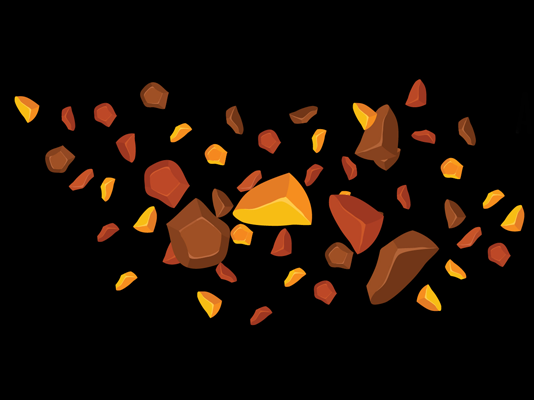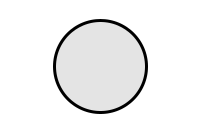Mab, a moon of Uranus
60,733 miles
15 miles
Mab is one of the 27 moons of Uranus. It is the thirteenth closest moon to orbit the planet, travelling at an average distance of 97,740 kilometres (60,733 miles). Mab has a diameter of just 24 kilometres (15 miles) and takes 22 hours to complete an orbit of the planet.
Mab is classed as an inner irregular prograde moon of Uranus. It orbits in the same direction that Uranus spins and is thought to have formed from materials left over after the planet’s formation. Mab’s small size makes it difficult to observe, and it was not discovered until 2003 when astronomers analysing images taken by the Hubble Space Telescope spotted it.
Mab is believed to be the main source of Uranus’s μ (mu) ring. Micrometeorite impacts on Mab’s surface are thought to send dust particles drifting into space, where they form the faint ring that shares its orbit.
Mab is named after Queen Mab, a fairy queen in English literature. She is best known from Romeo and Juliet by William Shakespeare, in which Mercutio describes her as the “fairies’ midwife” who travels through people’s dreams in a chariot made from an empty hazelnut. In Shakespeare’s speech, Queen Mab influences dreams according to the dreamer’s personality; soldiers dream of battles, lovers dream of love, and lawyers dream of fees.
The name “Mab” has older origins in folklore and poetry, where she often appears as a mischievous figure. The IAU continued Uranus’s tradition of naming moons after characters from Shakespeare’s works and, occasionally, from Alexander Pope’s poetry.






